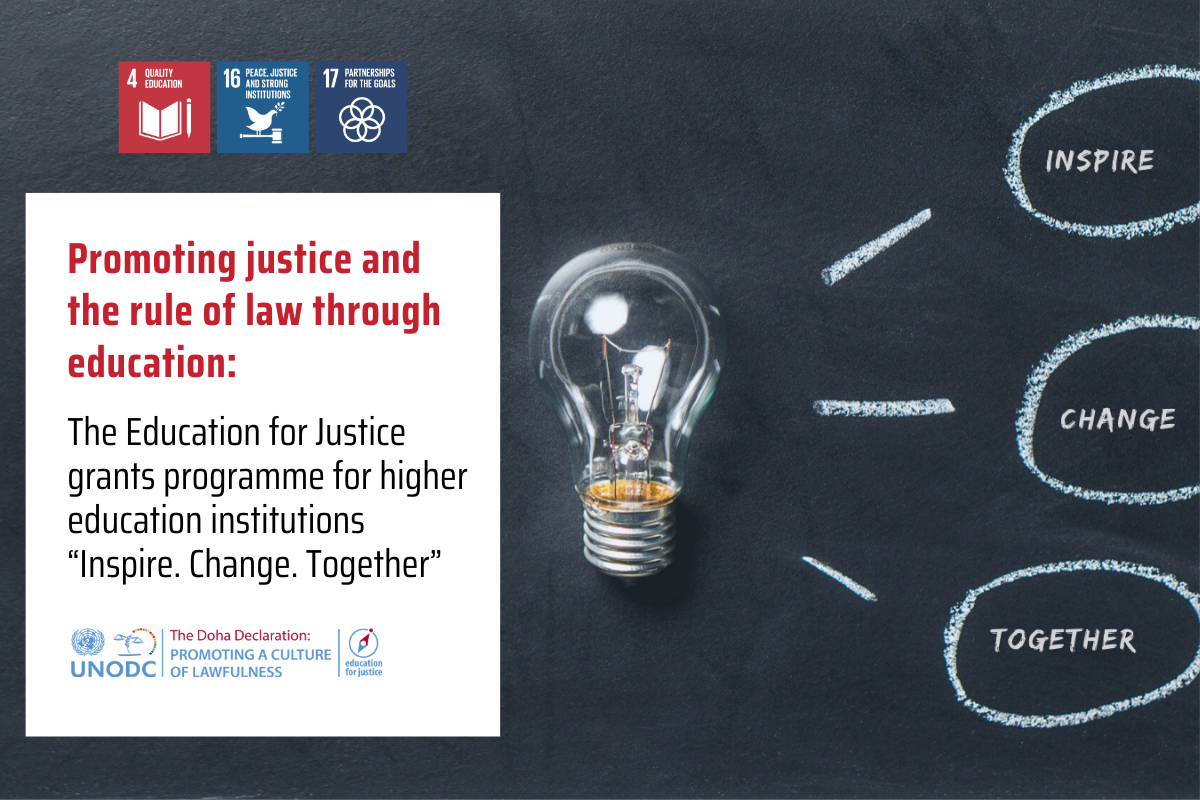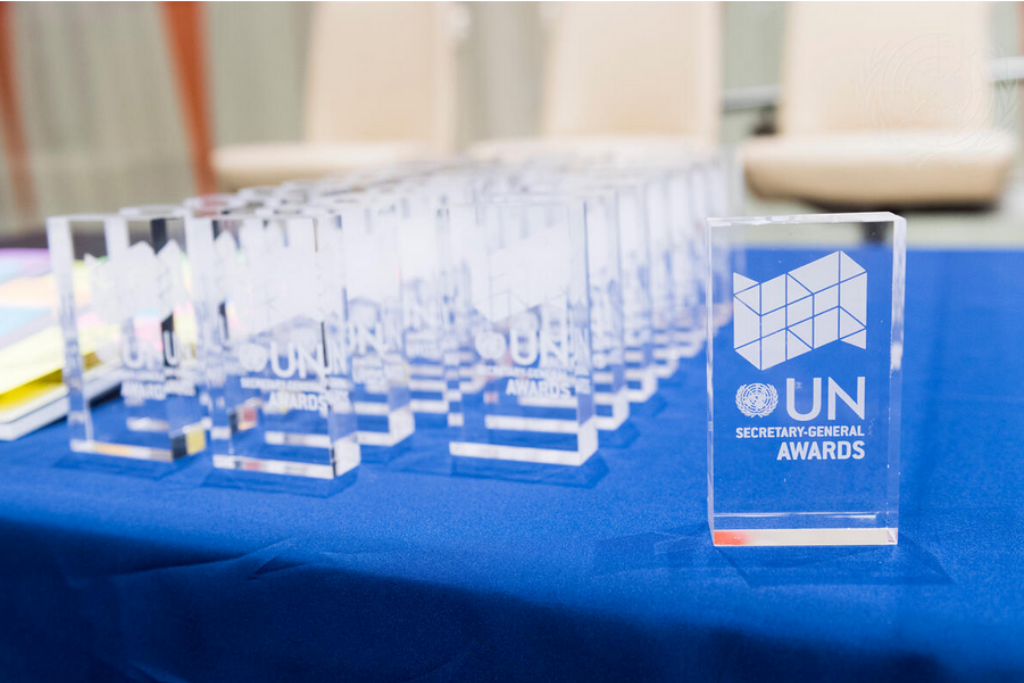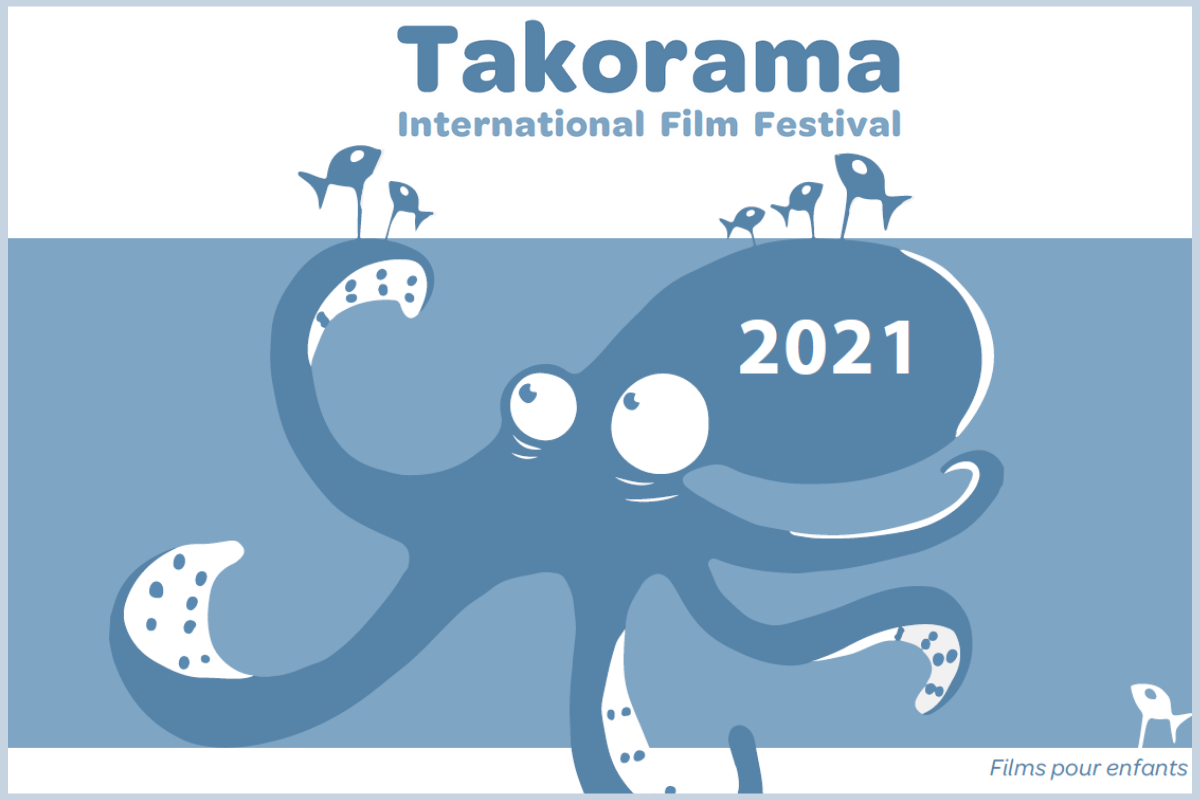Around the world in three CCPCJs: MUNs tackle SDG16
14 February 2019 - In the year since its launch in New York, UNODC's Model United Nations Resource Guide (created by E4J, the Education for Justice initiative) has gone around the globe and proven to be a powerful resource for thousands of students. Three of the largest MUN conferences in the world have not only incorporated several UNODC mandate areas into their MUNs, but have additionally simulated one of its most important governing bodies during their events, namely CCPCJ, the Commission on Crime Prevention and Criminal Justice.
In the capital of Qatar, where the Doha Declaration was adopted and for which the Global Programme for the Implementation of the Doha Declaration was created, over 1,600 students participated last month in a Model UN whose theme was, for the first time, Sustainable Development Goal 16, Peace, Justice and Strong Institutions.
The THIMUN Qatar conference, now the largest secondary level MUN in the MENA region, was organized by the Qatar Foundation in partnership with the THIMUN Foundation. In each simulated committee, at least one discussion was held on issues relating to crime, justice, and the rule of law; the CCPCJ simulation gave students an improved experience as they debated and approved, by consensus, two resolutions dealing with rule of law matters.
The success of this exercise was evident, facilitated by the presence of several UNODC experts and allowing coverage of a large number of important themes such as corruption, crime prevention and criminal justice, cybercrime, firearms trafficking, terrorism, and wildlife crime.
Keynote speaker Neil Walsh, Chief of UNODC's Cybercrime and Anti-Money Laundering Section, spoke to students about the constantly evolving nature of challenges to rule of law: "Cybercrime today is not the same as it was three years ago. The UN needs to constantly adapt to help Member States to fight it. Cybercrime can affect implementation of all the SDGs; to prevent that, we need strong institutions and the rule of law."
The CCPCJ experience was repeated in THIMUN's home base of The Hague, which sees its prestigious yearly MUN conference gather over 3,000 students each time. For its 51 st edition this month, THIMUN included a CCPCJ simulation, with the participation of UNODC experts. With the help of the E4J initiative, 33 teachers took part in a training workshop on its MUN Resource Guide, challenging them to think, with their respective students, on ways in which young people can support SDG16.
For Mayte Steeghs, President of the CCPCJ committee at THIMUN, educating this generation with new tools is increasingly important: "Crime will continue to grow until the paradigm of high profits and low risk is challenged. At THIMUN, we as youth are empowered to look to challenge this paradigm. The CCPCJ gives us the opportunity to start creating the innovative solutions to an ever-evolving problem."
Every year, the General Assembly hall at the United Nations headquarters in New York is overtaken by some 1,400 students at the secondary and tertiary levels, courtesy of the World Federation of United Nations Associations (WFUNA). The objective of WIMUN (WFUNA International Model United Nations) is to simulate the UN as it works in real life, meaning that participants have to adopt all of their resolutions by consensus. This month, WIMUN also featured a CCPCJ simulation, developed especially for the occasion by WFUNA's MUN expert Bill Yotive, in consultation with UNODC's Education for Justice initiative. After three days of fruitful deliberations, participants adopted a single resolution by consensus.
Gilberto Duarte, Crime Prevention and Criminal Justice Officer at UNODC, reflected at the end of the inspiring event: "WFUNA worked with UNODC to give students the real CCPCJ experience. In fact, this is exactly how the real CCPCJ works, even to the extent that the speaking notes for the chair were exactly as they would have been in Vienna!"
MUN simulation events have enjoyed a big success since their creation, giving students a taste of Member States' multilateral issues and concerns. More recently, an increasing number of organizers and eager students are taking on the challenges of crime prevention, criminal justice, and other aspects of rule of law. The popularity of CCPCJ simulations is spreading, from Cairo to Prague, and from Cancun to the University of Connecticut, to name but a few. With UNODC's MUN Resource Guide offering unique guidance on all matters relating to peace, justice, and the strong institutions which support them, experiencing CCPCJ around the world has become more accessible and real.
Additional Information:
E4J MUN
E4J MUN Resource Guide


